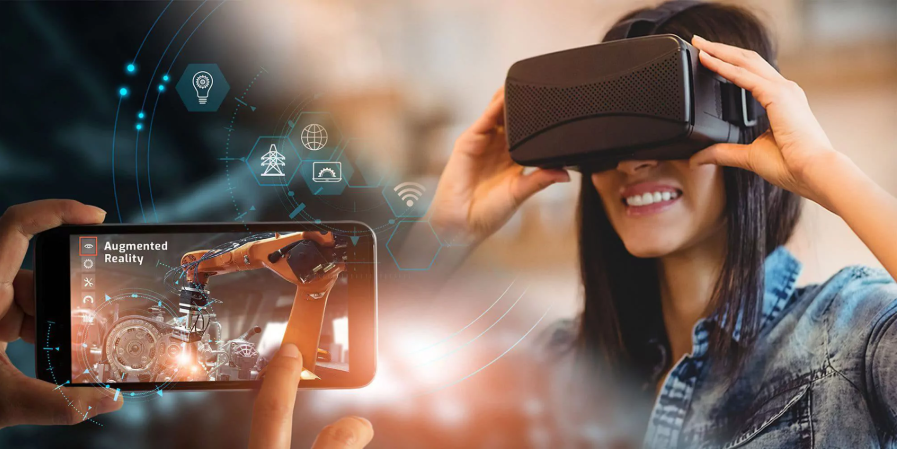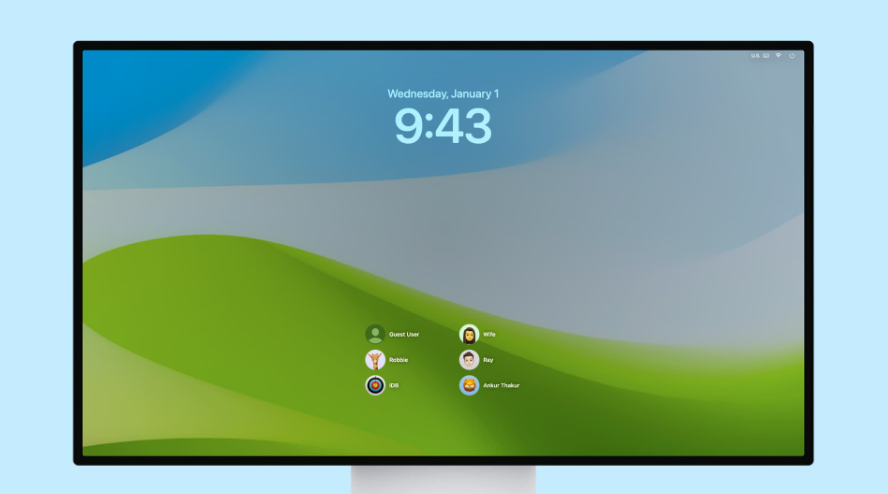
Virtual Reality (VR) and Augmented Reality (AR) have quickly become game-changing technologies that are transforming industries and providing users with immersive experiences. In this post, we’ll dive into the basics of VR and AR, their applications, benefits, and what the future holds for them.
- What are VR and AR? Virtual Reality (VR) fully immerses users in a computer-generated environment that replaces the real world. Users wear a headset that tracks their head movements, displaying a 3D virtual world they can explore. Augmented Reality (AR), on the other hand, enhances the real world by adding digital elements to it. AR can be experienced through smartphones, tablets, smart glasses, or AR-specific headsets.
Both VR and AR depend on a combination of hardware and software to create immersive experiences. VR systems usually include a headset, motion sensors, and controllers. The headset displays high-quality, 3D visuals, while motion sensors track your head movements so you can interact with the virtual environment. The controllers let you engage with the virtual world, allowing for a more hands-on experience.
AR systems come in two types: marker-based AR and markerless AR. Marker-based AR uses specific markers or patterns to place digital content in the real world. Markerless AR, on the other hand, uses technology like GPS, accelerometers, and cameras to detect and map the user’s surroundings, making it possible to add digital content without relying on markers.
- How VR and AR Differ: While both VR and AR are immersive technologies, they work in different ways. VR creates a fully immersive experience that transports you into a virtual world, completely cutting you off from the real one. With VR, you get to explore and interact with digital environments in a way that feels real. AR, however, enhances your real-world view by adding digital elements, like images or sounds, so you can still see and interact with the world around you.
- Applications of VR and AR:
- Gaming: Both VR and AR have transformed gaming. VR lets players enter virtual worlds, providing a deeply engaging experience. AR, on the other hand, blends digital content with the real world, creating a unique type of gaming experience. These technologies have opened up new ways to tell stories, interact, and play with others.
- Education: VR and AR have the power to change education by offering hands-on, interactive learning. With VR, students can experience historical events, visit virtual field trips, or engage with scientific simulations. AR can add interactive content to textbooks or real-world objects, making learning more engaging and informative.
- Healthcare: VR and AR are also making waves in healthcare. They’re used to train medical professionals, simulate surgeries, and help with patient care. VR allows surgeons to practice complex procedures in a safe virtual space, which helps improve patient outcomes. AR can assist with patient education, pain management, and rehabilitation by providing immersive, realistic experiences.
- Looking Ahead: The future of VR and AR is incredibly promising, with continued advancements in technology and more industries jumping on board. Here are some areas where we can expect these technologies to grow:
- AR in Retail: In retail, AR is enhancing shopping experiences by letting customers visualize products in their own homes before making a purchase. Customers can also see virtual try-ons and get instant product information, making it easier to decide what to buy.
- VR in Travel and Tourism: VR allows people to experience destinations and landmarks from the comfort of their homes. This gives them a sneak peek before booking a trip and allows for virtual tourism, where you can explore historical sites or museums from anywhere.
- AR in Industry: In industries like manufacturing and logistics, AR is used to provide workers with real-time information during repairs or inspections. This helps improve accuracy and efficiency, making industrial tasks easier and safer.
- VR and AR in Social Interactions: VR and AR are reshaping the way we connect with others. VR enables immersive social experiences, where you can meet and interact with others in a virtual world, no matter where you are. AR can enhance remote collaboration, allowing virtual meetings with interactive, augmented content.
In conclusion, VR and AR have the potential to completely change the way we interact with technology and the world around us. Whether it’s improving gaming, transforming education, enhancing healthcare, or revolutionizing industries like retail and tourism, these technologies are reshaping the future. As they continue to evolve, we can look forward to a world where the lines between the virtual and real blur, creating endless possibilities for innovation and exploration.













